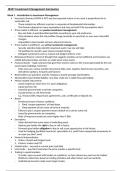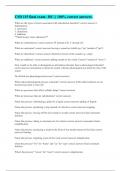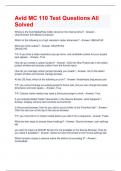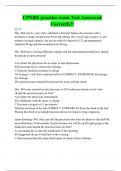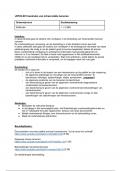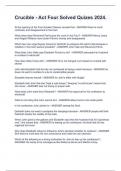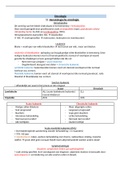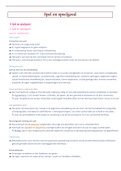Summary
Summary IB357 Investment Management Summaries
- Course
- Institution
This document contains all the notes from the lectures throughout the year and is split up lecture by lecture. This document on its own, is sufficient to get a top mark in your end of year exam for the third year WBS investment management module.
[Show more]
